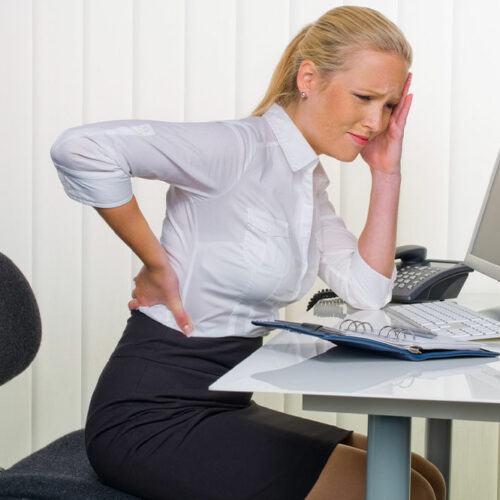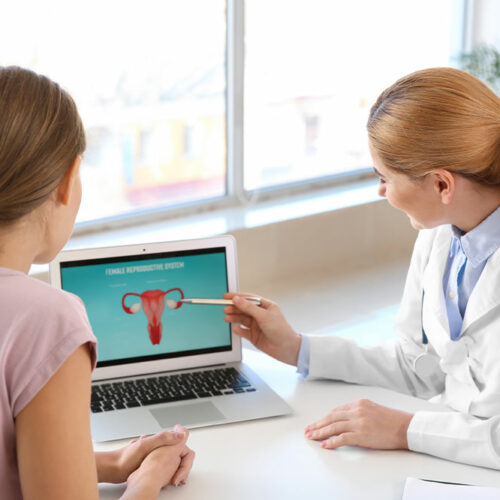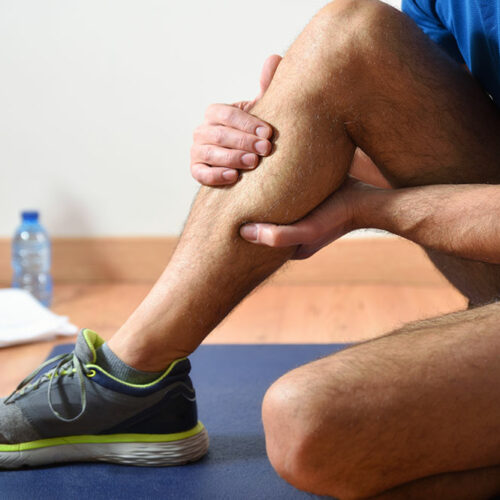5 health conditions that give rise to myalgia

Muscle pains can be experienced throughout the body or in specific parts of the body. It is referred to as myalgia. The condition is treatable in most cases as long as the cause of the pain is detectable. Diagnosis is, therefore, an essential step in figuring out a treatment plan. Myalgia could result from injuries, underlying conditions, or severe infections. Options like heating pads and pain patches might come in handy for some much-needed relief. Hypothyroid Hypothyroidism is a condition wherein the body houses an underactive thyroid gland. It commonly gives rise to symptoms like fatigue, dry skin, cold intolerance, and muscle aches. In some cases, an overactive thyroid gland or hyperthyroidism can also lead to muscle cramps. The thyroid plays a crucial role in the regulation of metabolism and the regular activity of bodily functions. An imbalance of thyroid hormone can potentially interfere with the transfer of signals, and can cause irregulated contraction of muscles. This could be a leading cause of muscle pain. Lupus Autoimmune diseases cause the immune system to attack the body’s normal cells and tissues, the same ones that are to be protected. Lupus is one of the numerous autoimmune conditions. It affects the muscles and joints of the body causing stiffness and pain.






